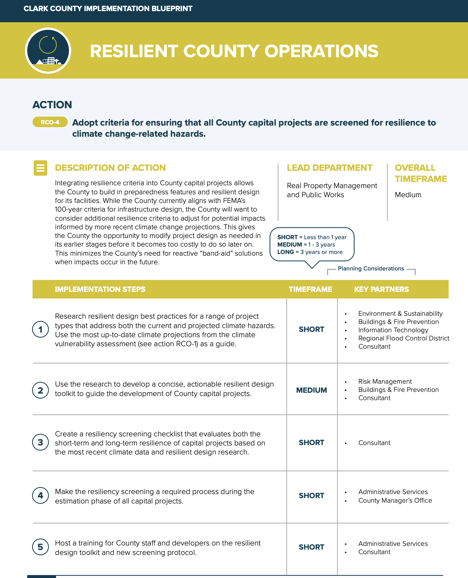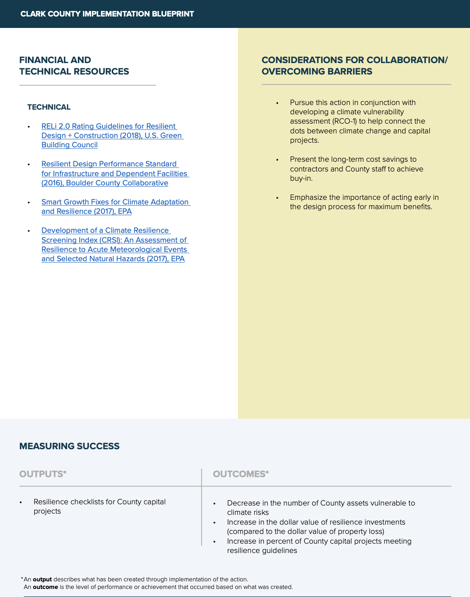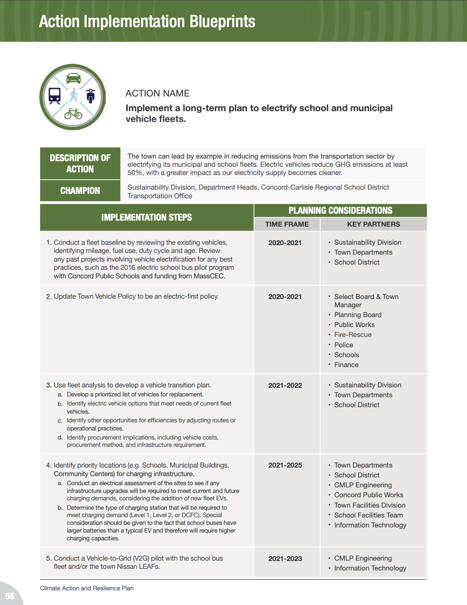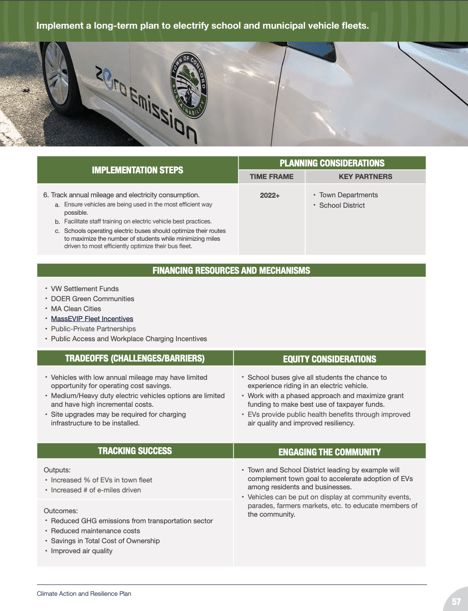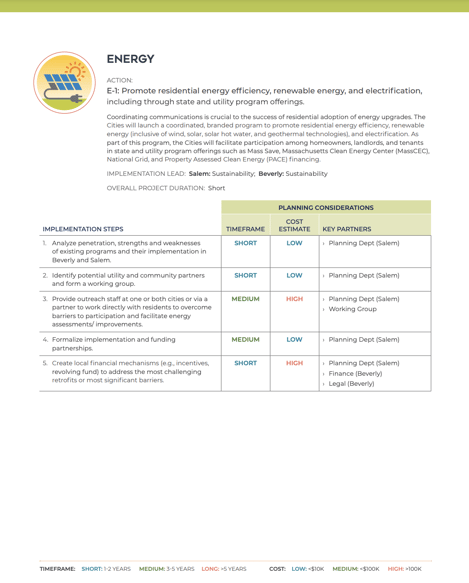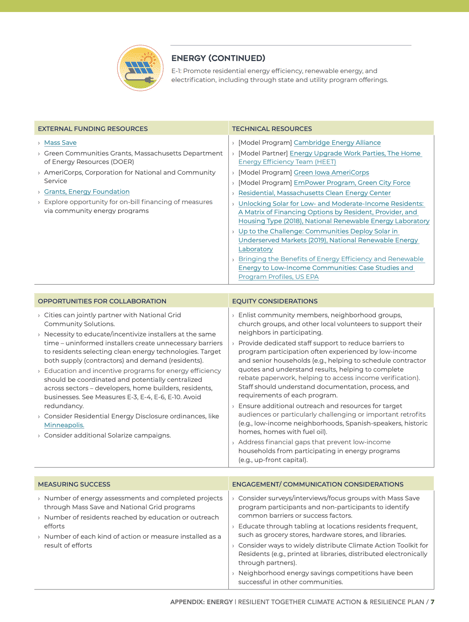A Pledge is Nice. Plans are Important. But Implementation is How We Sink or Swim.
There were too many newsworthy headlines coming out of COP26 in Glasgow, Scotland, to count. Perhaps the image that will most define this international climate conference is that of the Tuvalu foreign minister giving his remarks -- "we are sinking" -- standing knee-deep in water to represent the threats to his and many other island nations from the climate crisis.
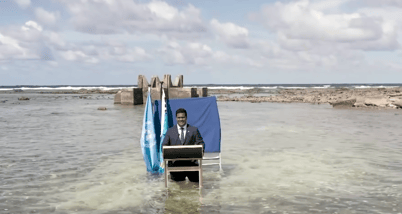 The point was very painfully made that we aren't moving as fast and as aggressively as we need to stop the most devastating impacts of climate change.
The point was very painfully made that we aren't moving as fast and as aggressively as we need to stop the most devastating impacts of climate change.
The focus at COP26 was often on the goals that countries are setting, pledges they are making.
At the local government level here in the US, many of us have already set ambitious goals and have crafted climate action plans that break down how we'll reach those goals through a series of actions that usually span the key sectors: buildings, energy, transportation and waste. COP26 saw even more commitments by or directly impacting local governments – the Clean Construction Coalition is just one example – that we hope will be an impetus for even more action.
Our challenge -- the one that will affect our communities and faraway sinking nations like Tuvalu -- is to take those promises, quickly turn them into action plans and then IMPLEMENT.
"Implementation" Might Not Be Sexy, But It's Critical
"Implement" not a super compelling word, but it's the linchpin.
A goal on its own gets you nowhere. A goal with a plan only gets you a little farther -- sort of like a participation ribbon. But it's the putting that plan into action -- "implementation" -- that gets you there.
This COP26 headline says it all: “World Can Only Avoid Climate Catastrophe if New Climate Promises are Kept.”
That's why at KLA we work with our clients to develop Implementation Blueprints.
What is an Implementation Blueprint?
Basically, you take an action or series of actions all related to one goal and map out how you would go about achieving it. KLA’s blueprints include: timeframe, partners, funding and other resources, equity considerations, community engagement opportunities and connection to other goals. We work with our clients to identify priority actions within a Climate Action/Sustainability/Resilience Plan and then provide a set of implementation blueprints for each.
Why do you need them?
The blueprints make your plan actionable. We design them as “tear out” pages of a plan that can be distributed to the champion of each action – whether that’s a long-time local government staff member, someone filling in while that person is out on maternity leave, a partner at a local nonprofit, etc. The blueprints essentially become the work plan.
How do you make the most of it?
To truly take implementation to the next level, we create blueprints that are concise and specific so that anyone can pick it up and run with it. Mapping out the blueprints also ensures you don’t overlook important equity considerations or connections with other goals.
Here are a few examples from our work with clients to get your blueprint mapping minds going.
Clark County's (NV) All-In Sustainability and Climate Action Plan for County Operations tackles weaving resilience into future projects and processes:
Concord, MA's Climate Action and Resilience Plan includes goals for more electric school and municipal vehicle fleets:
The Resilient Together Climate Action Plan for Beverly and Salem, MA, has actions related to promoted energy efficiency, renewable energy and electrification options:
You can find more examples online from Beverly and Salem, MA (Resilient Together) and Concord, MA (pages 33-77).
Ultimately, it’s critical that local government continue staking out ambitious climate action goals and developing plans to hold true to those commitments. But remember that to truly move the needle you have to *implement* those plans. And the surest way to quickly, seamlessly move from planning into action is with these implementation blueprints.


